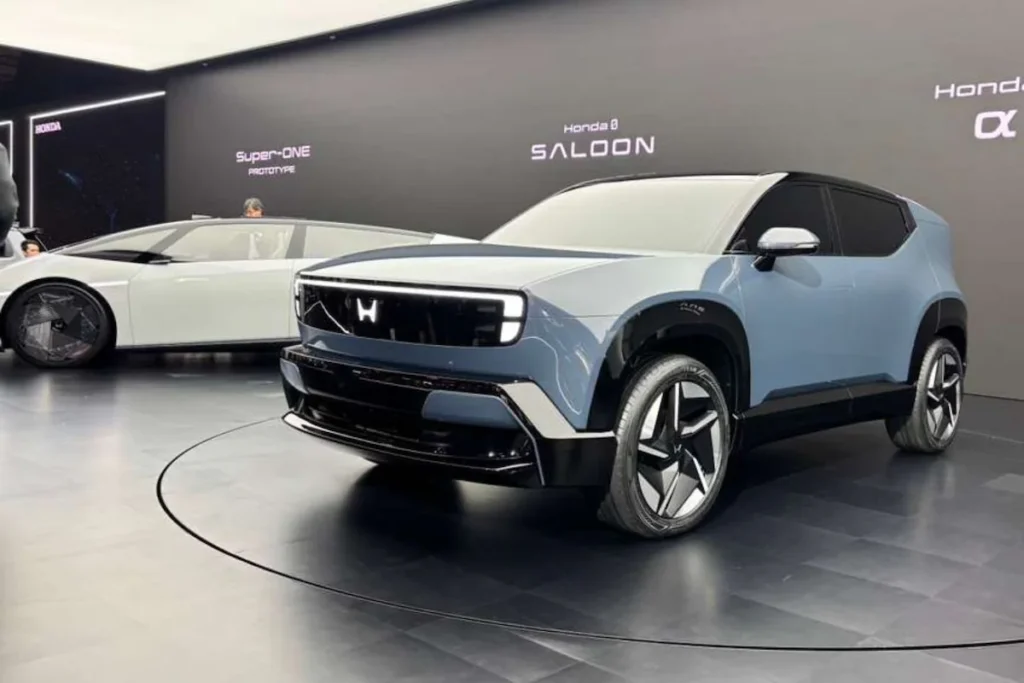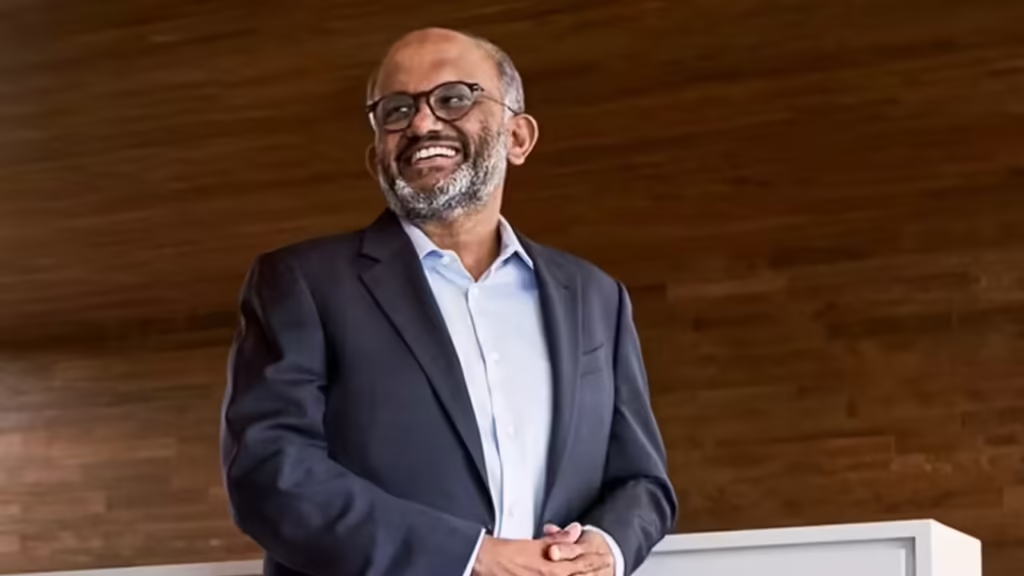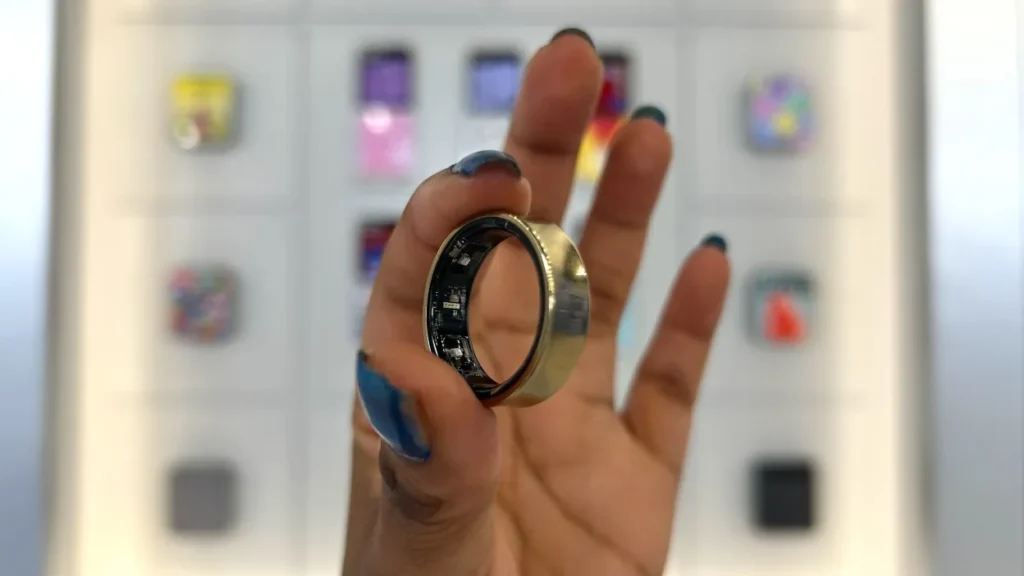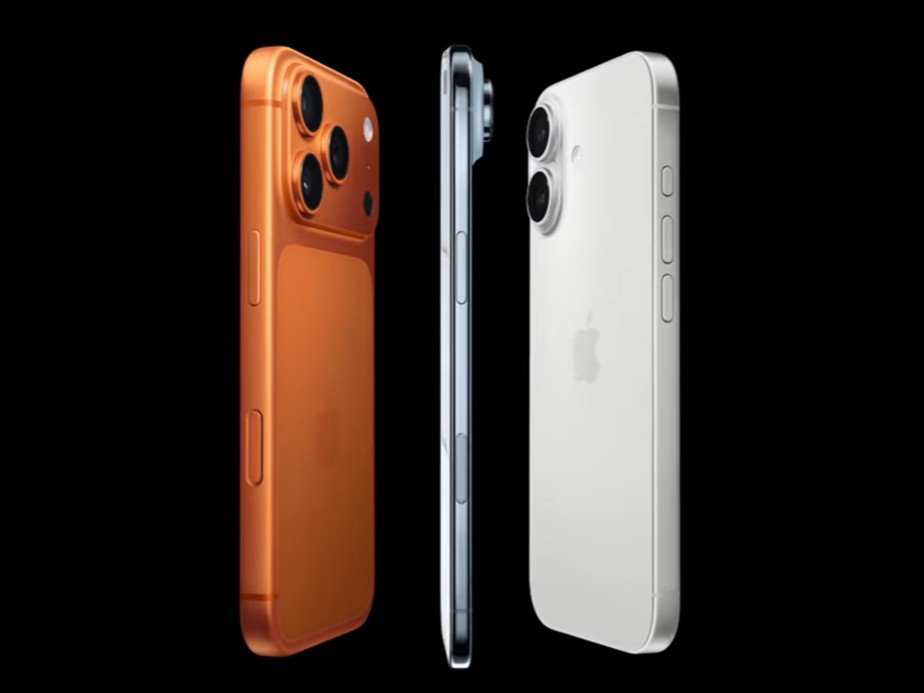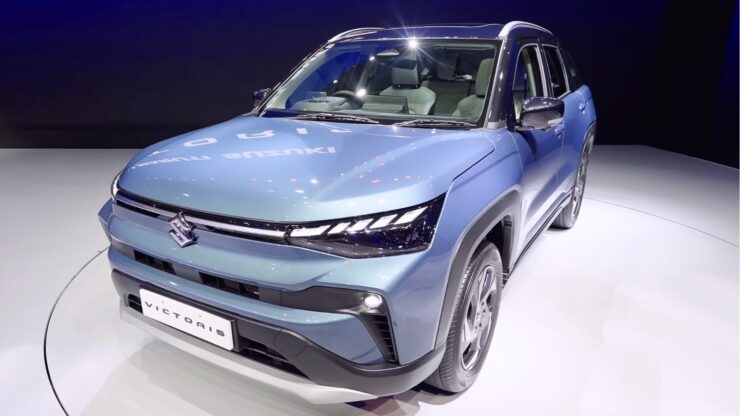Now Reading: Samsung Eyes the Future with XR and Tri-Fold Devices After Strong Q2 Performance
-
01
Samsung Eyes the Future with XR and Tri-Fold Devices After Strong Q2 Performance
Samsung Eyes the Future with XR and Tri-Fold Devices After Strong Q2 Performance
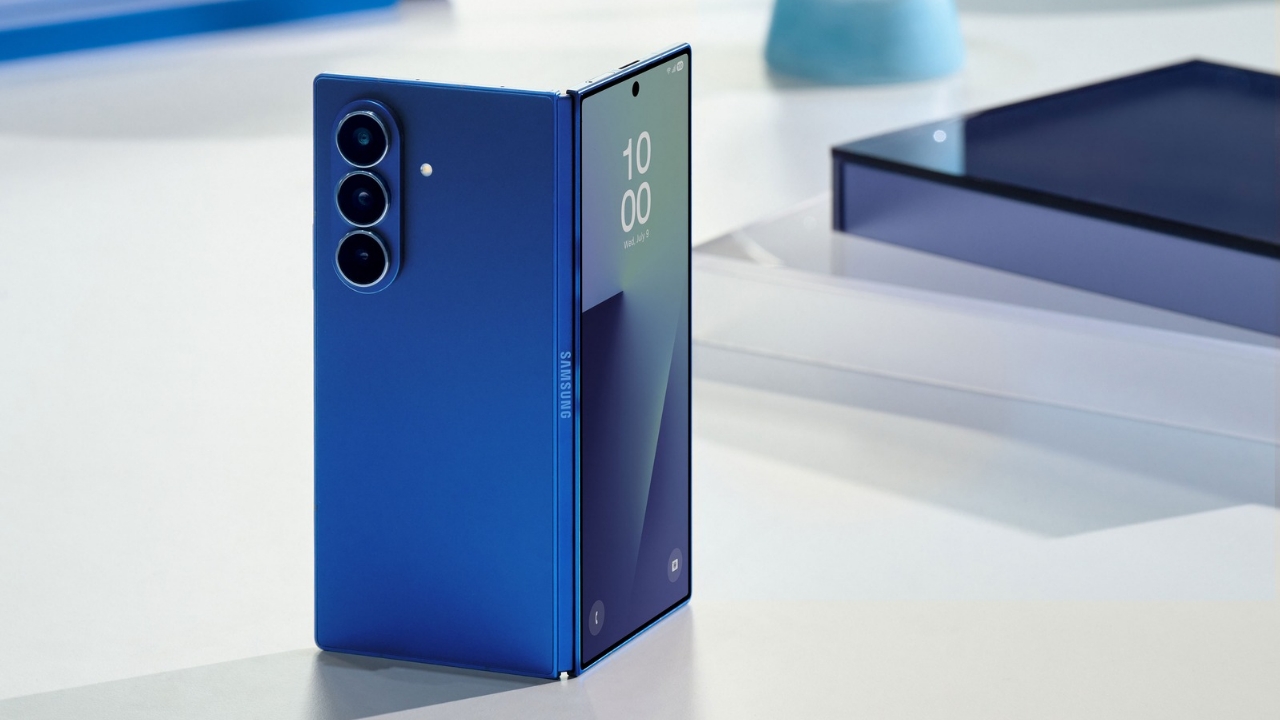
Samsung Electronics just wrapped up a solid second quarter, and it’s not slowing down. The tech giant reported strong profits, driven largely by its semiconductor recovery and smartphone sales. But the real buzz is about what’s coming next—Samsung has hinted at launching extended reality (XR) gear and tri-fold smartphones later this year. These announcements could shake up the consumer tech space and spark new trends, especially in emerging Indian markets.
Solid Numbers Backed by Chip Comeback
Samsung’s Q2 earnings showed a clear rebound, especially in its semiconductor division. After several quarters of sluggish demand and price drops, the chip business has started gaining momentum again. This recovery is key, considering semiconductors are a backbone of Samsung’s overall profits.
Meanwhile, its mobile division—especially the Galaxy S and foldable lineup—held strong in global markets. The company’s ability to maintain consistent device sales, despite rising competition from Chinese brands, reflects solid consumer trust.
What’s Next: XR and Tri-Fold Devices
Samsung has confirmed that it’s preparing to enter the extended reality (XR) space in the second half of 2025. While details are limited, XR tech generally blends virtual and augmented reality, and it’s being seen as the next frontier for immersive experiences in gaming, productivity, and entertainment.
Alongside XR, Samsung is also teasing tri-fold smartphones. These will be a step beyond the current foldables—offering larger screens that can fold in three sections. If done right, it could push the limits of mobile design and multitasking, appealing to users who want a tablet-like experience in a pocket-sized form.
Why This Matters for Indian Consumers
For Tier 2 and Tier 3 cities in India, this tech evolution signals a shift. While ultra-premium gadgets take time to reach mass affordability, their trickle-down impact is real. Features from flagship devices often end up in mid-range phones over time.
Moreover, India is a major market for Samsung—not just in smartphone sales but also for manufacturing. The company’s decisions around product launches and pricing are closely tied to Indian consumer behavior, especially among aspirational buyers in cities like Nagpur, Surat, and Lucknow.
Competition Is Heating Up
Samsung’s XR and tri-fold plans won’t go unchallenged. Apple, Meta, and Chinese brands are all working on their own versions of spatial computing and foldables. The real battle will be around usability, ecosystem integration, and price—areas where Indian buyers make careful choices.
Still, Samsung’s early entry and experience with foldables could give it a lead. If it pulls off these innovations with the right execution, it may redefine what users expect from their personal tech.
Conclusion
Samsung’s Q2 numbers show it’s in a strong position. But more importantly, its plans for XR and tri-fold devices hint at a bold next chapter in consumer tech. For India, this means not just new gadgets, but a glimpse into how the future of mobile and immersive tech might soon land in everyday hands






